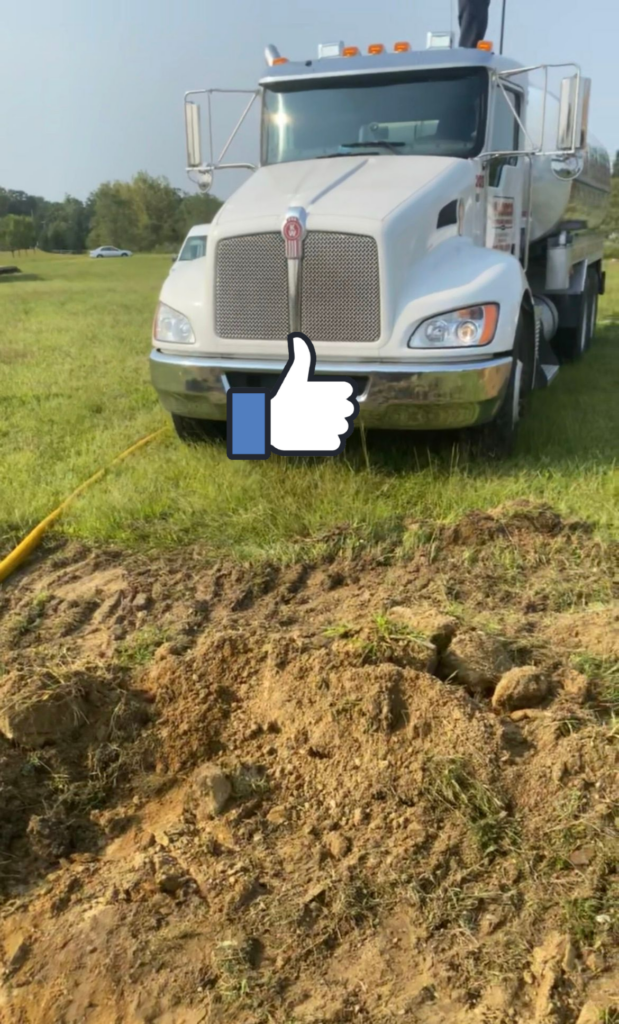septic
Septic services include but are not limited to digging a hole, removing bedrock, rocks and trees, and filling it with gravel to accommodate the septic tank and necessary components.
Septic Work, What's Involved?
Digging the Hole
The first step in the septic installation is digging a hole for the septic tank. The local regulations and the property’s specific requirements determine the hole’s size and depth.
Stewart Builders, a professional septic service provider, will use heavy machinery, such as excavators, to excavate the designated area carefully. The hole should be wide enough to accommodate the tank and allow easy access during maintenance and repairs.
Digging the hole is critical, as mistakes or oversights can lead to issues.
Removal of Bedrock
In some cases, bedrock may be present in the area where the septic tank is to be installed. Bedrock refers to solid rock beneath the soil, making excavation more challenging.
Removing bedrock requires specialized equipment, such as jackhammers or rock breakers, to break it into smaller, more manageable pieces. This process ensures that the tank can be placed at the appropriate depth and prevents potential damage to the tank caused by the pressure exerted by the rock.
Rocks and Trees Removal
Aside from bedrock, rocks and trees can also pose obstacles during installation. Large rocks or boulders in the excavation area can impede the proper placement of the septic tank. Similarly, trees with extensive root systems must be removed to prevent them from growing into or around the septic components, which could cause damage over time.
Stewart Builders skilled septic service providers carefully remove these obstructions to create a clear and suitable space for the septic system.
Fill The Hole With Gravel
Once the excavation is complete and any obstacles have been removed, the next step is to fill the hole with gravel. Gravel is commonly used in septic installations because it provides proper drainage and stability for the tank.
The gravel fill acts as a bed for the septic tank, allowing for even weight distribution and preventing the tank from sinking or shifting over time. Additionally, the gravel serves as a filter, preventing the entry of fine particles into the septic system.
It is crucial to compact the gravel adequately to prevent settling and subsequent damage to the tank during the gravel filling process.
Septic Work Done By Stewart Builders
As Stewart Builders follows these procedures meticulously, property owners can have a reliable and efficient septic system that will serve their needs for many years.
Tips on Septic Systems
A home's water supply contains bacteria, viruses and high levels of phosphorus and nitrogen, which must be removed efficiently.
Properly functioning septic systems protect us from waterborne diseases caused by fecal pathogens in the water supply.
Contact Us For Septic Services
